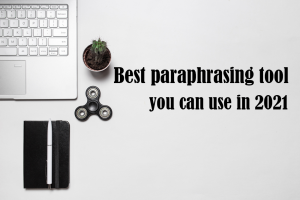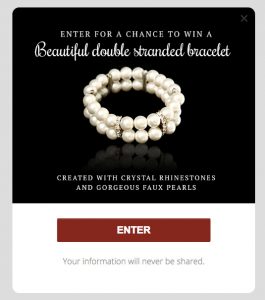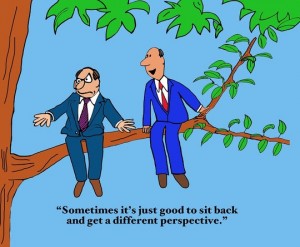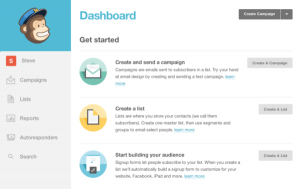No Wikipedia definition or technical non-sense.
I’m going to explain the difference between SEO and SEM by relating it to eating food.
Because everyone eats food.
The Setup
You are a website. You’re hungry, and you need to eat.
Traffic is your food.
Without traffic, you’ll die…

There are two ways you can get food:
SEO and SEM
Search Engine Optimization and Search Engine Marketing
SEO and SEM are both ways to get traffic. They work off of you showing up in search results for search terms, but differ in how you show up.
For SEO, you show up in the organic search results:

For SEM, you show up as an ad around organic search results:

SEM is like ordering out for food.
It’s pay-per-click (PPC) advertising where “the more you eat, the more you pay.”
SEO is more like growing your own food.
It’s carefully optimizing and creating content on your site. You plant a tree, and as you water it, it grows and makes food.
Remember, food is important.
Food is traffic.
The Strengths of SEO and SEM
SEM has got SEO beat in two areas:
- It’s quick. No waiting, if you need traffic, you can get it right now and satisfy your hunger.
- Everything is equally accessible. You get to choose what search term you want your traffic to come from. The search terms that are short and hard, are equally accessible to search terms that are long and easy — assuming money isn’t an issue. In other words, ordering expensive French cuisine is as easy as ordering fast food.
Benefits of SEO over SEM:
- Lifetime value. You build search reputation with SEO, which stays with you for your lifetime. Once you’ve got a tree, it’ll keep on producing food. This is the primary advantage.
- Transfer reputation. Your search reputation can also be used to promote other websites via links. People will hear about your tree, and come in search for food. You become a provider, and as a provider, you have leverage.
- Cheap. SEO depends on content, and making new content can be as cheap as a few minutes of your day. Planting the SEO tree doesn’t take much work, nor does watering them.
- Always on. SEO works day and night, no contract, no subscriptions. Even if your favorite Chinese take-out closes down, you’ll still have a steady stream of food coming from that tree.
Which One Is Right for You?
Here is where the analogy really pays off.
Deciding what’s right for you is as easy as asking yourself, should I plant a tree or just order take out?
- If you’re building a business online that requires a sustainable model of obtaining traffic in the long run, plant a tree (SEO).

- If you’re building a one-off website for a special event you need to fill in the coming weeks, order take out (SEM).

SEM brings instant traffic for a pretty penny, therefore SEM is better for testing a page, a product, or boosting short term traffic.
SEO is more substantial in the long run, therefore SEO is better as a foundation to build a business strategy on.
A Balanced Lifestyle
In most cases it’s optimal for you to have a mix of SEO and SEM.
- Lets say you’re an online business that deals in selling socks. Following my advice, you choose to focus on SEO. One day, you decide to try a new product, socks for cats. You need to test rapidly if socks for cats is something people want. Pick up SEM to boost awareness to socks for cats, and with that extra traffic, you can quickly determine if it’s a viable product. It’ll take too long waiting for SEO to kick in.
- Your website is for a small-time socks expo that happens once a year. You normally just do SEM to fill attendance for the month. Next year, you’ll be having the same expo, so you decide to do SEO to gain reputation during the 11 months in-between. This way, all of the following socks expos will grow in attendance due to higher search reputation over time, and year-round ticket sales without the cost of ads.
A good place to start is 80/20, where 80 would be whichever fits your business model best, followed by 20 of the other to supplement as needed. Adjust the ratio based on what the data is telling you. If you haven’t set up data analytics, you should read up on the importance of collecting analytical data.
Take Away
- SEO and SEM are both great ways to get traffic, but are better used for different things.
- Use the analogy to help you figure out what you need — grow a tree (SEO) or order take out (SEM).
- Find a balance! If you order takeout for the rest of your life, it’ll work but it’s going to cost you. If you grow food for the rest of your life, it’s sustainable but everything will be slow. Start at 80/20 then adjust as needed.
If you’re still confused and you need help figuring out what’s best for you, drop a line in the comments below or contact Zlass. Don’t send us food (unless it’s traffic).
Digital & Social Articles on Business 2 Community(65)








